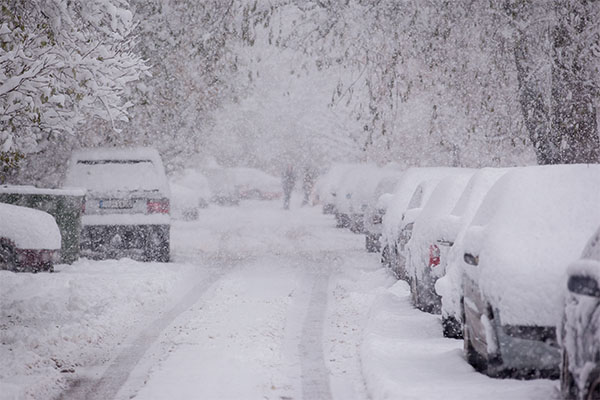Winter Storm Troubles – How To Stay Safe During A Power Outage
Brutal winter storms and cold temperatures have swept across much of the United States the last few days, leaving many without power. With forecasts predicting more ice and low temperatures ahead in the most-affected states, we wanted to make sure you have the tools necessary to stay safe should you experience a power outage.
If severe weather or intense winter chill hits unexpectedly, power outages can be dangerous if you’re not prepared. However, if you’re already in the dark, there are still steps you can take to keep everyone safe until your power is restored.
Stay Safe
Staying home and indoors is the best way to stay safe during a power outage. Consider the following tips to cope during an unexpected or extended power outage:
- Get the essentials. In case the power outage lasts a few days, it’s important to have the following items on hand:
- Three to seven-day supply of food and water (per person)
- Flashlight and extra batteries
- Battery-powered radio
- First-aid supplies
- Extra medicine
- Conserve power. When the storm is approaching or the lights are already out, consider unplugging or turning off electronics and small appliances.
- Protect your water supply. Some water purification systems may not function when the power goes out. Bottled, boiled or treated water is safe for drinking, cooking and personal hygiene purposes. Check with local officials to ensure your water is safe to drink.
- Protect your food supply. Remember to keep freezer and refrigerator doors closed as much as possible to maintain cold temperatures. During a power outage, food will stay cold for about four hours in an unopened fridge and about 48 hours in a full, closed freezer—24 hours if it is half full. If necessary, fill coolers with ice to keep food from spoiling.
- Maintain a normal body temperature.
- Layer up by wearing at least three layers of tops and two layers of bottoms. Look around your home for extra blankets, sleeping bags and winter coats to help you warm up. Learn more about how to recognize and prevent hypothermia here.
- Avoid carbon monoxide. To prevent carbon monoxide poisoning, use generators outdoors only and at least 20 feet away from your home. Additionally, do not use a gas stove or oven to heat your home.
- Check on your loved ones. When it’s safe to do so, check in with people to make sure they’re OK or find out if they need assistance.
If you need to make a trip outside, keep it as brief as possible. Check with your local emergency authorities first to make sure it’s safe to drive or travel during severe weather.
Be Prepared
If you are not currently experiencing a power outage, consider the following tips to prepare for a sudden loss of electrical power:
- Invest in a home generator. A portable backup power source can keep critical equipment like refrigerators and sump pumps running during a blackout.
- Utilize surge protectors. A UL-listed surge protector can safeguard expensive electronic devices like televisions and desktop computers.
- Develop a family emergency communications plan. It’s important to have a game plan so everyone knows what to do and when. Decide on a meeting spot, identify shelter locations and store the plan on your cellphone.
- Assemble an emergency survival kit. Account for your pets, too. The American Red Cross recommends having the following items readily available:
-
- One gallon of water per person per day for at least three days
- Nonperishable food to last each person three days
- Flashlight and extra batteries
- First-aid kit
- Sanitation and personal hygiene items
- Copies of important personal documents (e.g., medication lists, passports, birth certificates and insurance policies)
- Cellphone with both wall and car chargers
- Pet food, supplies and water
- Emergency contact information for family and friends
For additional emergency preparedness resources, visit the CDC’s Power Outage website.


